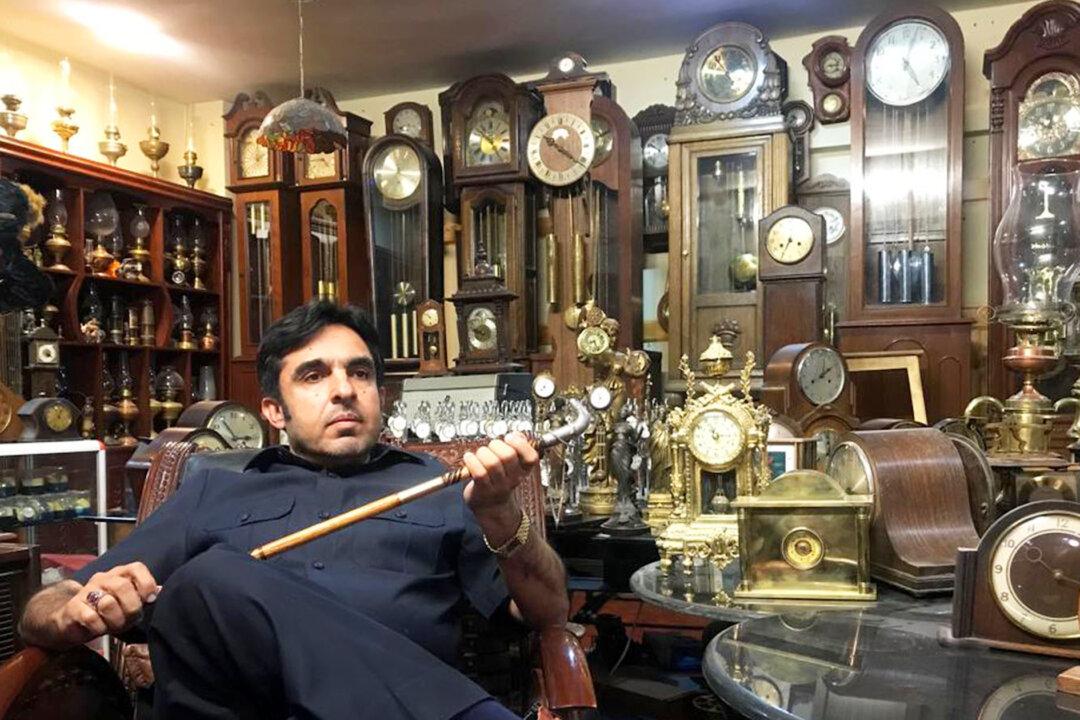A clock fanatic from Pakistan’s southwestern city of Quetta has become known for one of the world’s largest collection of antique clocks and watches.
Gul Kakar, 44, has been collecting antique watches and clocks from different countries, and they date back to as far as 1850.





